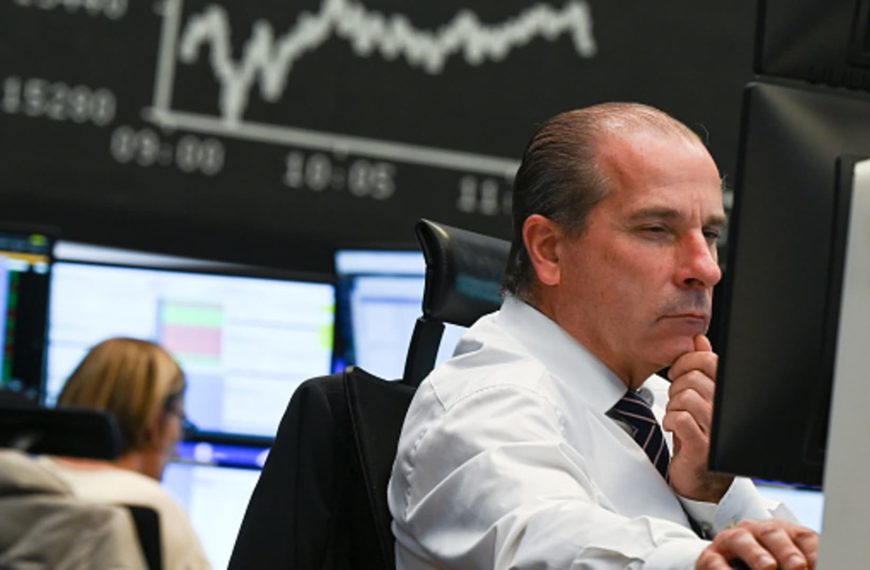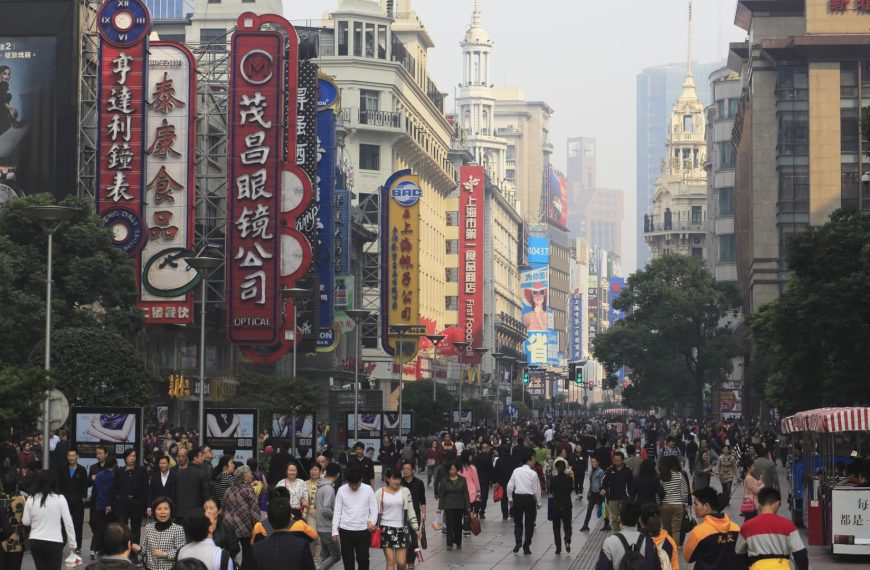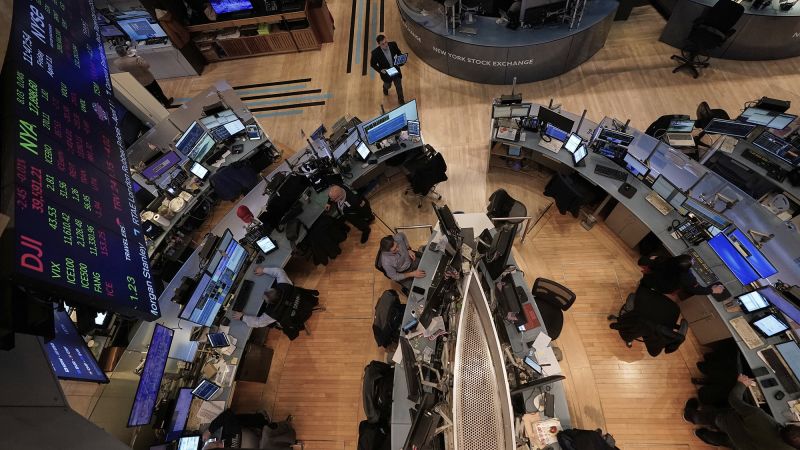The recent volatility in the U.S. stock market has captured attention, especially after a remarkable surge that marked the third-best trading day in history. However, the excitement is waning as the market faces a reality check. Despite President Donald Trump pausing many of his controversial tariffs, the existing economic repercussions are already significant, leaving experts concerned about a potential downturn for both the U.S. and global economies.
Market Reactions to Tariff Changes
Following an impressive gain of nearly 3,000 points on Wednesday, the Dow Jones Industrial Average is projected to dip by over 500 points (approximately 1.3%) as trading opens on Thursday. The S&P 500 futures have dropped by 1.7%, and the Nasdaq futures are down by 1.9%. This follows a record day for the S&P 500, marking its best performance since 2008, and the Nasdaq achieving its second-best daily increase ever.
- Traders initially celebrated Trump’s temporary suspension of his so-called reciprocal tariffs for 90 days, which had imposed steep levies between 11% and 50% on numerous countries.
- The European Union also announced a halt on its retaliatory tariffs, aiming for a negotiated agreement following Trump’s shift in stance.
Economic Concerns Persist
Despite these temporary pauses, economists warn that the damage inflicted by previous tariffs is extensive. Many analysts predict a looming recession, as stock prices remain significantly lower than before Trump announced his “Liberation Day” tariffs. The combination of substantial market losses, ongoing tariffs, and uncertainty surrounding U.S. trade policies could weigh heavily on the economy.
- The 10% universal tariff instituted last Saturday is still active, along with 25% tariffs on automobiles, steel, aluminum, and certain goods from Canada and Mexico. Trump has also indicated plans for additional tariffs on sectors such as pharmaceuticals and semiconductors.
According to Goldman Sachs, the likelihood of a recession in the U.S. remains uncertain, while JPMorgan maintains a 60% probability of a U.S. and global recession despite Trump’s recent decisions. Joe Brusuelas, chief economist at RSM, emphasized that while temporary relief may be felt, the fundamental issues remain unresolved.
Escalating Tensions with China
Amid these developments, tensions between the U.S. and China are escalating. Trump increased tariffs on Chinese imports to a staggering 125%, while China retaliated with 84% tariffs on U.S. imports. Although China has expressed willingness to negotiate, officials have made it clear that they will not yield under pressure.
- A spokesperson from the Chinese Commerce Ministry stated that dialogue must be based on mutual respect, warning that confrontation will lead to reciprocal measures.
Investor Reactions and Market Indicators
Several high-profile investors, who have urged Trump to reconsider his tariff strategies, expressed relief at the president’s recent decisions. Ray Dalio, a billionaire investor, commented positively on Trump’s approach, suggesting that it represents a more constructive way to address economic imbalances.
However, the bond market remains a point of concern. After a rapid sell-off, the 10-year Treasury yield slightly cooled but still hovered around 4.3%, indicating lingering market skepticism.
- Oil prices also faced pressure, with U.S. oil trading around $60 per barrel, reflecting significant fluctuations.
Global Market Rebound
Despite the challenges, global markets showed signs of recovery.
- Japan’s Nikkei 225 index soared by over 9%, while South Korea’s Kospi and Hong Kong’s Hang Seng indices also made significant gains.
- In Europe, the STOXX 600 index surged by 5.5%, with major indices in France, Germany, and the UK all reporting similar upward trends.
European Commission President Ursula von der Leyen welcomed Trump’s tariff pause, describing it as a pivotal step towards stabilizing the global economy. She emphasized the importance of clear and predictable conditions for effective trade and supply chain operations.
As the markets respond to these developments, the interplay between tariffs, economic forecasts, and international trade relations will continue to shape the global financial landscape.











